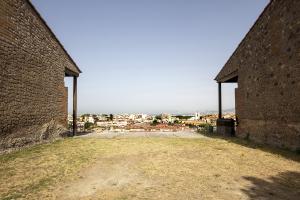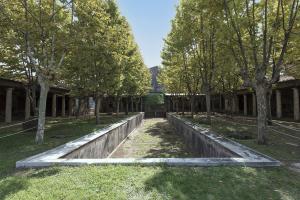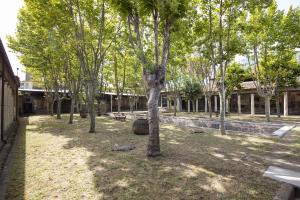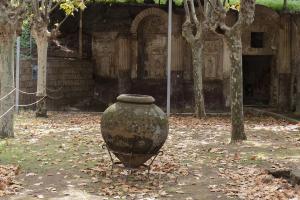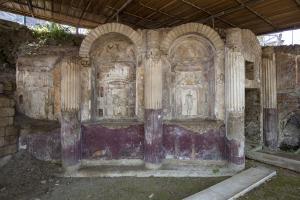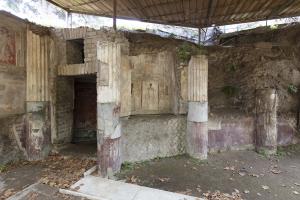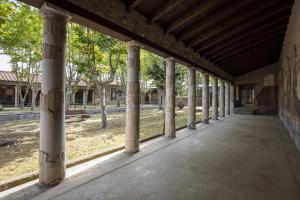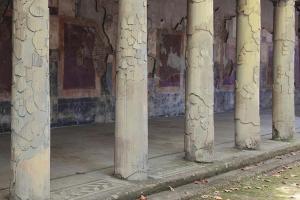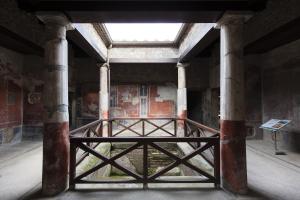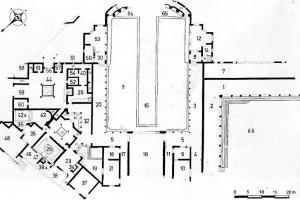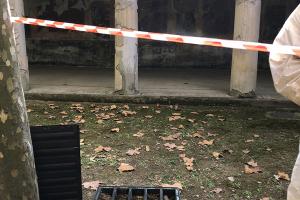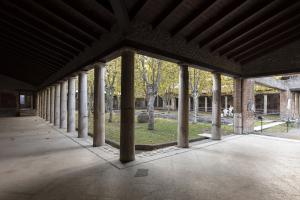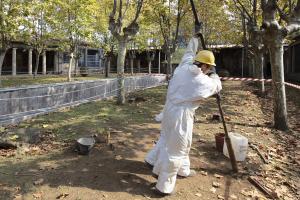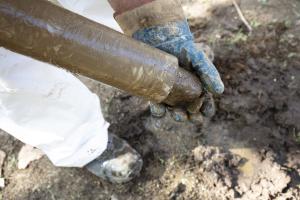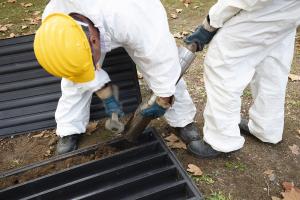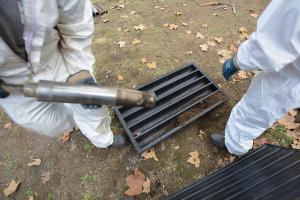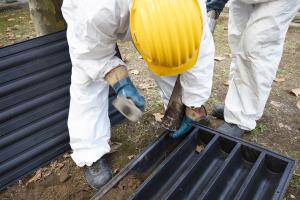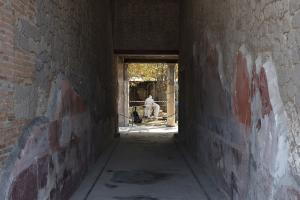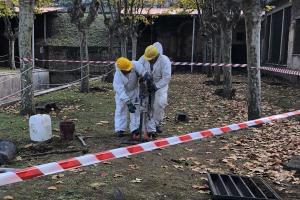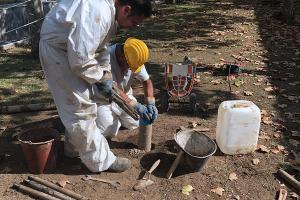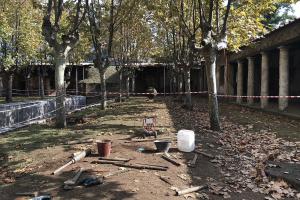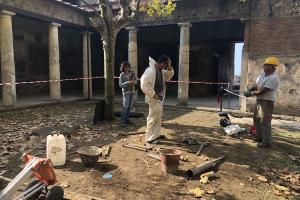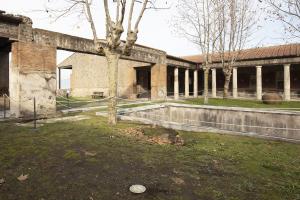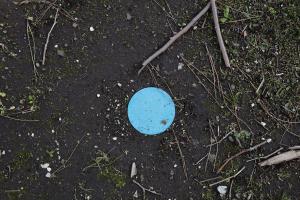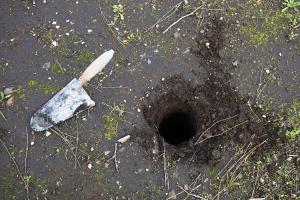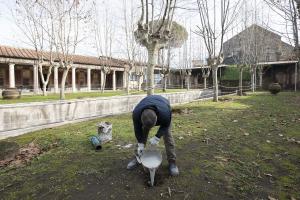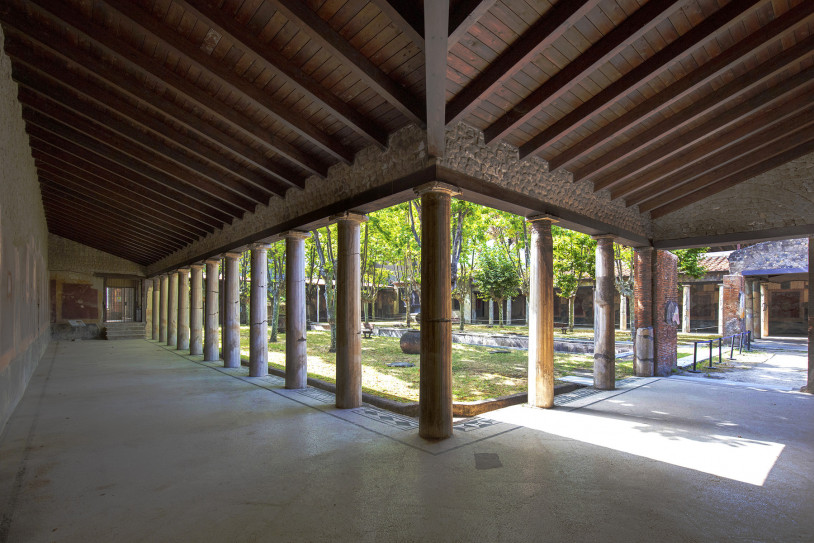
“You ask me to describe my uncle’s death to you, so you can hand it down to posterity with greater objectivity. I am grateful to you, for I am sure that if it is you who celebrate it, his death will be destined for everlasting glory,” These are the opening words of the letter in which Pliny the Younger tells Tacitus about his uncle’s death during the eruption of Vesuvius in AD 79, providing precious information about the event. His uncle, Pliny the Elder, decided to sail from Misenum to study the eruption from up close, driven by his passion for science, and to rescue some people who were trapped in Stabiae. As he left his house, he was handed a letter from Rectina, the wife of Tascius, who lived in a villa by the beach in the threatened area, where people needed ships to escape by sea. “So he changed his plans, and what he had begun in a spirit of inquiry he completed as a hero. He gave orders for the quadriremes to be launched and went on board himself to help many more people besides Rectina, for this lovely stretch of coast was thickly populated [...] By now, ashes were falling, hotter and thicker, as the ships drew near, followed by lumps of pumice and blackened stones, charred and cracked by the flames: then suddenly they were in shallow water, and the shore was blocked by the debris from the mountain. He briefly wondered whether to turn back, but when the helmsman advised this he refused, telling him: ‘Fortune favours the courageous; head for the home of Pomponianus’”. The letter continues with an excited account of his uncle’s last hours, until he died: “I believe the air was too full of ash, choking his breathing by blocking his windpipe, which was constitutionally weak and narrow, and often inflamed. When daylight returned the next day [the third day after he had last seen him], his body was found intact and uninjured, still wearing the same clothes: he looked more like a man asleep than dead.”
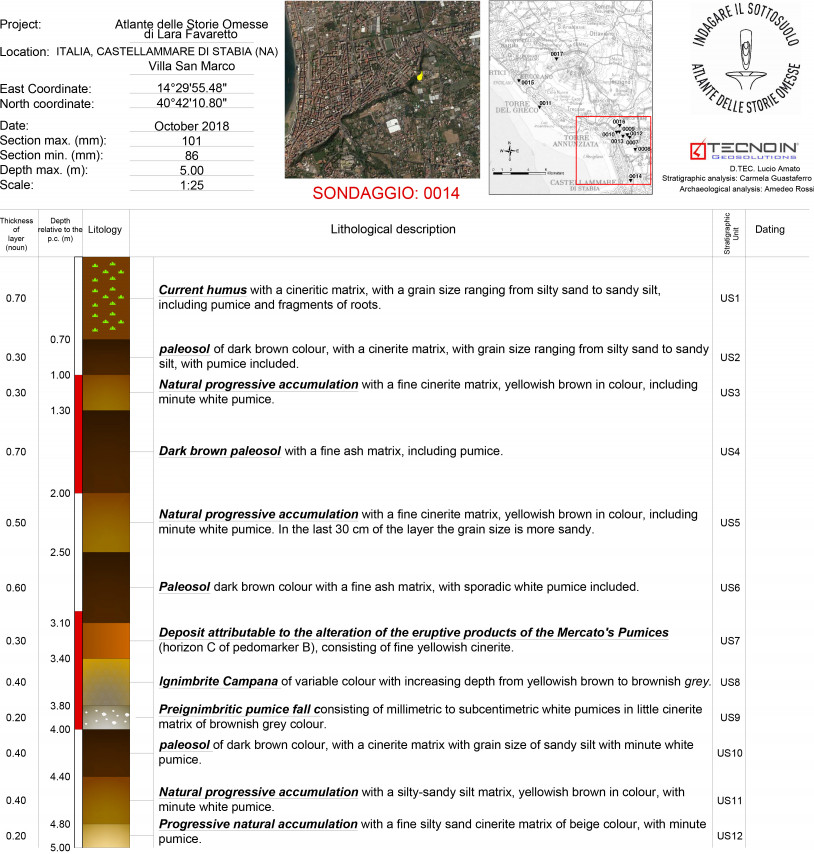
The core sampling site is in the archaeological area of Stabiae, which occupies the end of the hill of Varano: a morphological shelf on the south-eastern edge of the alluvial-coastal plain of the river Sarno and on the northern slopes of the carbonate Lattari Mountains.
The terrace on which the Villa San Marco stands is bounded towards the sea and towards the plain by a steep slope. This is the remains of an ancient marine cliff formed during the post-glacial rise of the sea level, which peaked about 6,000 years ago, bringing the coastline up against the hill of Varano (Stage 1).
The alluvial content of the streams that originate in the surrounding carbonate reliefs and that flow across the tableland, has contributed, together with a reduction in the speed of the rise of the sea level, to an advancement of the coastline, which started about 5,000 years ago.
About 3,800 years ago, a series of sand dune banks and sandy beaches (the dunes and beaches of Pioppaino and the beaches of Stabiae) and coastal lagoons characterised the territory below the Stabiae palaeocliff (Stage 2). The ancient city of Stabiae was founded and developed in this environment and landscape.
In AD 79, when the eruption of Vesuvius destroyed Stabiae and its villas, the coastline was even further forward, with much greater dunes and beaches and with lagoons practically absent as they had been replaced by local bogs and marshes (State 3).
The Varano area was excavated by the Bourbons in the eighteenth century. The excavation campaigns in the mid-eighteenth century unearthed some large leisure villas, including the one known as the Villa San Marco, which was in use in AD 79.
The villa has two peristyles, on different levels, around which there is a large pool, as well as official reception rooms and residential premises.
The house has a complete thermal bath area parallel to the street of the urban layout of Stabiae, which it accesses by means of a staircase. The oldest part, which dates from the Augustan age, consists of a tetrastyle atrium with rooms around it, and with access to a large kitchen. A secondary entrance has recently been found to the east of the atrium, on the road that led to the coastal area below. This entrance led into a rustic neighbourhood connected to the villa through a small peristyle with a green area at the centre with a fruit tree. Around this there were latrines and service areas, possibly rooms for storing foodstuffs.
The 0014 core sampling site was in the north-western corner of the fruit orchard to the west of the natatio in the smaller peristyle.
The last eruption to create the pyroclastic mantle on the hill of Varano was that of Vesuvius in AD 79, which deposited a seam of a pumice and cinerite, on average between 1.5 and 2.5 m thick. This was not encountered as it had been removed in order to reveal the remains of the villa.
Going down from ground level, the core drilling encountered the humus of the viridarium (US1), which forms the upper part of a polycyclic paleosol which was traversed in its entire thickness (5 m), interstratified by alterated ashes of a yellowish or brown-orange colour, from eruptions that took place many millennia previously.
Between -3.4 and -3.8 m below ground level, fragments of tuff – possibly from a single piece broken by the core sampler – were found. Considering the thickness and depth of the find, it is more likely that it is a block rather than the formation of Campanian Ignimbrite in situ, since this type of formation is generally found at greater depths in the area and with greater thicknesses.








